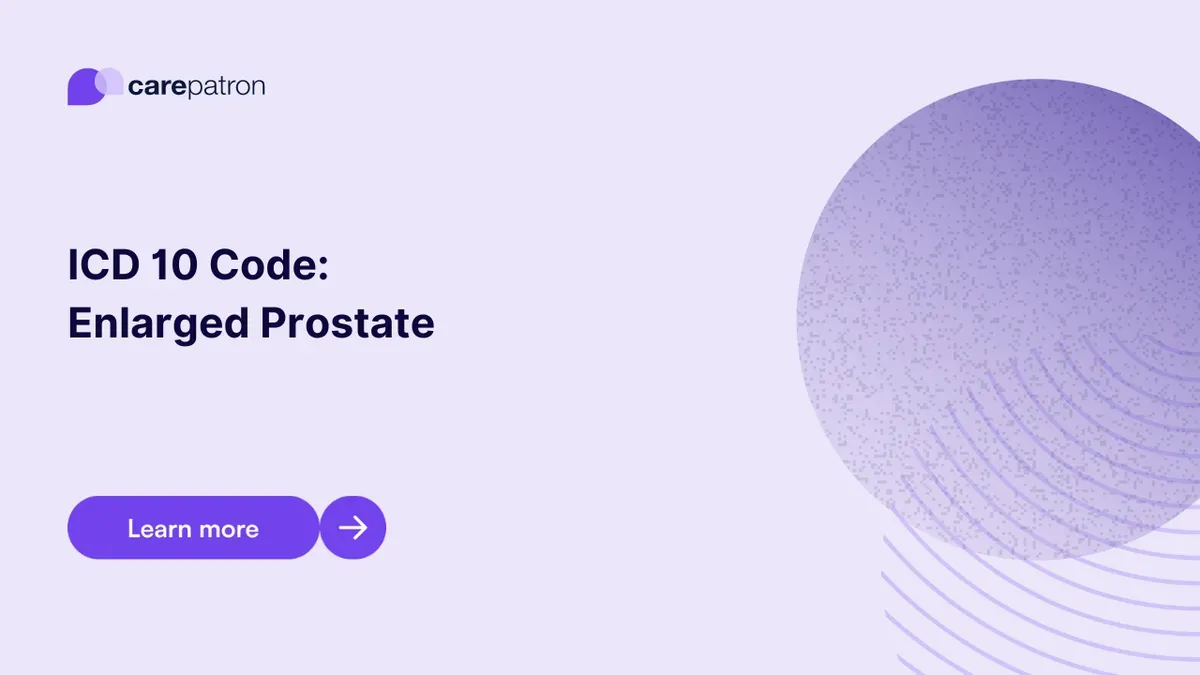
Enlarged Prostate ICD-10-CM Codes
Dive into the comprehensive guide on Enlarged Prostate ICD codes for 2023. Grasp the codes, their billability, and their clinical relevance related to this common male health condition.
Use Code
EHR and practice management software
Get started for free
*No credit card required
Free
$0/usd
Unlimited clients
Telehealth
1GB of storage
Client portal text
Automated billing and online payments
